By: Terran R. Smith
Surrounded by a technology-addicted society, it is difficult to disconnect—even for the most studious-oriented learners. Fortunately, the following five, free apps allow students to harness smartphone ‘addiction’ to his/her academic advantage.
*Note: These apps will likely be most helpful for those individuals in secondary and/or higher educational levels.
- Pros:
- Search millions of study materials from colleges nationwide
- Searches specific to school, textbook, instructor and/or specific course
- Save study materials in virtual folders organized by subject
- App tracks amount of study time in each set and answer accuracy
- Both free and premium versions offered
- Premium Trial not mandatory for free membership
- Sync to Facebook for easy sign-up and access to classmates
- More than 350 million users; most popular on list
- Cons:
- Study materials are greatly limited without premium subscription
- Lack of filters makes search disorganized and timely
- Typing flashcards minimizes memorization vs. handwriting flashcards
- Pros:
- Less to carry with a planner on-the-go
- Writing space is unlimited
- Optional notification setting for deadline reminders
- Includes separate section for to-do and checklists
- Cons:
- Interface could be more aesthetically pleasing
- Not exactly ‘user-friendly’
- Tracks homework, assignments, etc., but only if user manually enters item
- Does not sync with Facebook or any other social media
- Pros:
- Timed sessions help habit formation, time management and concentration with competitive incentive:
- Fruit tree sprouts at beginning of session and grows to full bloom, if smartphone or tablet is left untouched
- Touch device during session and tree withers and dies
- Saves fruit tree for complete session; begins to form fruit tree castle kingdom after multiple sessions
- Worldwide ranking boards
- Creative, colorful design with simple interface
- Timed sessions help habit formation, time management and concentration with competitive incentive:
- Cons:
- Does not sync to Facebook or other social media–difficult to find friends
- Certain areas of menu, such as settings, only available in Chinese
- Creation of account is mandatory–new password with no purpose
- Pros:
- Take notes anytime, anywhere
- Add images, audio and/or video related to notes
- Office docs and PDFs compatible for adding to notes or tasks
- Syncs with Facebook, so classmates are easily found
- Collaborate on course agendas, share notes and connect with classmates within app
- More than 100 million users; 2nd most popular app of list
- Cons:
- Premium, paid membership required to access all features
- Free download doesn’t offer online access, unlimited uploads or Touch ID privacy option
- Complicated interface for not-so-tech-savvy individuals
- More hype than help
- Pros:
- Makes studying fun
- 13 different games to choose from
- Use your study materials in games
- Sync with Facebook and beat friends’ or classmates’ high scores
- Bright design with simple interface
- Cons:
- Again, there’s something to be said for writing materials by hand
- Study materials must be manually added and/or edited
School is hectic at times, granted, but the key to controlled chaos is to simplicity. From cluttered work-space to daily distractions, every student can use a helping hand with school and study habits. Smartphone software can help students sustain success in school.


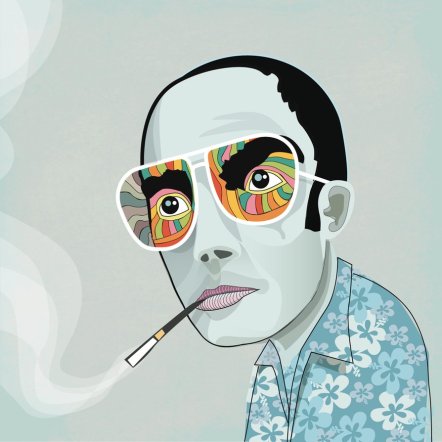

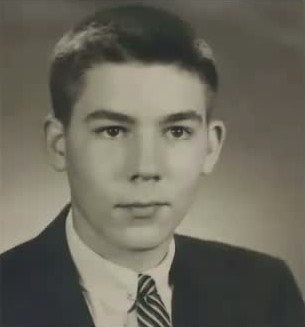

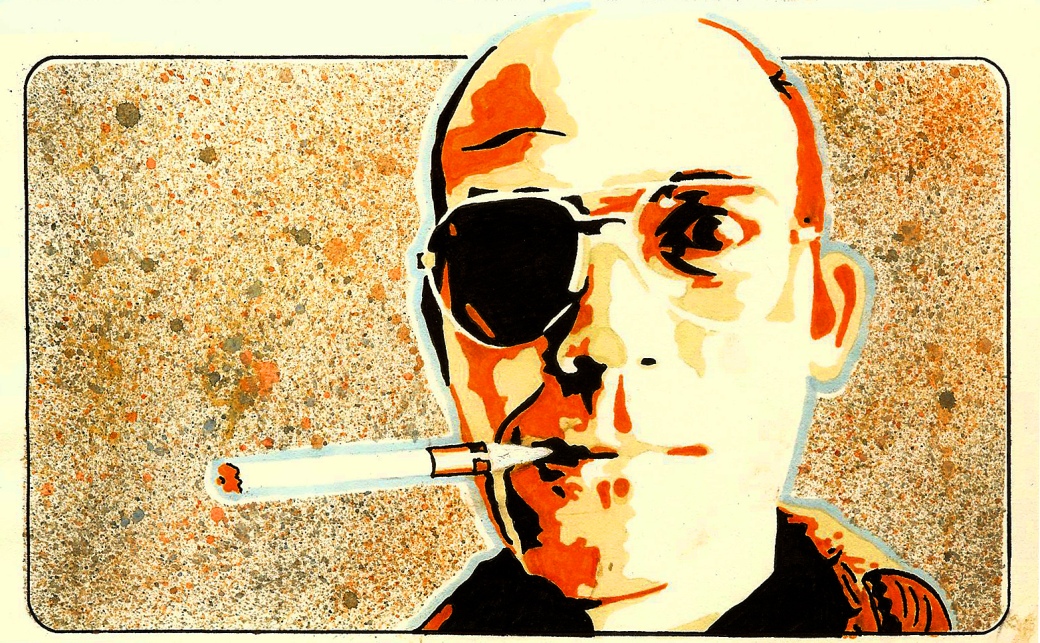


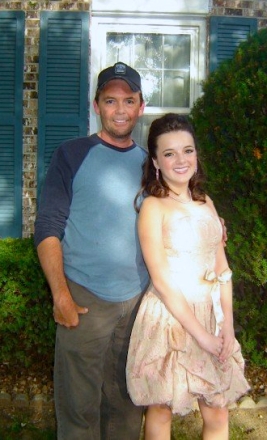





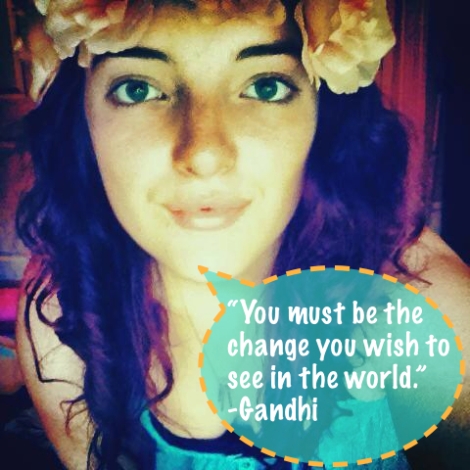
 photo courtesy of AntiCorruption Society
photo courtesy of AntiCorruption Society
 photo courtesy of WordPress
photo courtesy of WordPress
 photo courtesy of Looking at the Left
photo courtesy of Looking at the Left
 photo courtesy of Conservative Women for Truth
photo courtesy of Conservative Women for Truth
